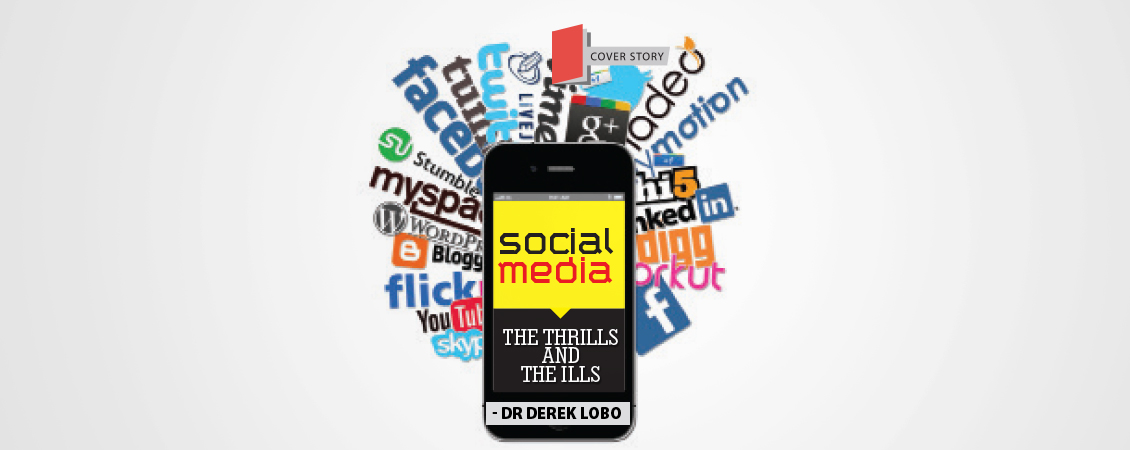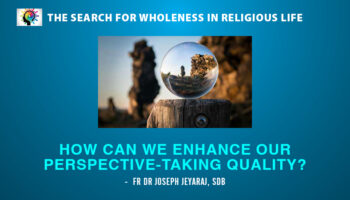If you have not yet boarded the Social Media Super Fast Express, you have not yet entered the 21st century! With three billion people connected online through the Internet, Social Media has emerged as a powerful network with earth-shaking impact and influence. It is therefore necessary to know the ‘modus operandi’ of Social Media operations and functioning and also its advantages and disadvantages, its thrills and the ills.
The reach of the Social Media platforms is enormous. FACEBOOK has 1.1 billion members globally, TWITTER has 500 million and the YouTube Video Sharing website has over 1 billion users with millions of hours of content being watched.
The impact and power of the Social Media extends beyond the internet. So what are the powers and potentials of the Social Media?
Power and Potential
The power to create or influence opinions; the power to spread wide publicity; the power to create awareness on a wide variety of topics; the potential to create or change political and social opinions; the potential to create or change public opinion; platform for political campaigns; platform for digital marketing campaigns; a commercial tool, including evolution of marketing strategies; a recruitment tool; a tool to highlight human rights abuse in all its forms, to project sexual abuse and harassment, to highlight corruption in all its forms. On a personal level, Social Media can help you to find new ideas, new trends, opportunities, connect with audiences in deeper ways, bring attention to your work; help create, craft and enhance your brands.
There are examples of success in each of the above points, using the Social Media.
Pitfalls
Social Media can create an isolated environment for a person that keeps him/her aloof from family or community. Such isolation can attract people, especially youth, to racism, fundamentalism, terrorism, pornography or paedophiles. The ISIS effectively used Social Media for recruitment to their cause.
Social Media can also expose people to wrong or false propaganda and of course ‘FAKE’ news that can be used during elections to damage and defeat a candidate. They have a storage of personal information on people that can be diverted to influence elections or promote commercial brands or propagate falsehoods. For example, Cambridge Analytica of UK obtained information of 40-50 million Facebook users without their consent.
According to Sree Srinivasan, a Mentoring Guru, “It is not who follows you on Social Media that matters; it is who follows who follows you that matters.” His advice: “Focus on connecting and engaging with influencers, while having more meaningful connections overall.”
Finally, Social Media can lead to ‘addiction,’ where people, especially youth, spend enormous amount of time scouting and surfing often unnecessary or dangerous websites and platforms. It is therefore essential that parents have the rapport and cordial relationship with their children to monitor their Social Media contacts and platforms and guide them.
There is no doubt that Social Media is a wonderful tool with a host of advantages and opportunities. All of us should embark on the Social Media Super Fast Express and benefit from the various options available. You meet fascinating people on Social Media platforms and one can learn a lot from them!
However, it is also important to be aware of the disadvantages and ills of the Social Media and protect ourselves and our children from being victims of the ills.
What is fake news?
Lots of things you read online especially in your social media feeds may appear to be true, but often are not. Fake news is news, stories or hoaxes created to deliberately misinform or deceive readers. Usually, these stories are created to influence people’s views, push a political agenda or cause confusion and can often be a profitable business for online publishers. Fake news stories can deceive people by looking like trusted websites or using similar names and web addresses.
According to Martina Chapman (Media Literacy Expert), there are three elements to fake news; ‘Mistrust, misinformation and manipulation.’
The Rise of Fake News
Fake news is not new. However, it has become a hot topic since 2017. Traditionally we got our news from trusted sources, journalists and media outlets that are required to follow strict codes of practice. However, the internet has enabled a whole new way to publish, share and consume information and news with very little regulation or editorial standards.
Many people now get news from social media sites and networks and often it can be difficult to tell whether stories are credible or not. Information overload and a general lack of understanding about how the internet works have also contributed to an increase in fake news or hoax stories. Social media sites can play a big part in increasing the reach of this type of stories.
Types of Fake News
There are differing opinions when it comes to identifying types of fake news. However, when it comes to evaluating content online, there are various types of fake or misleading news we need to be aware of. These include:
- Clickbait
These are stories that are deliberately fabricated to gain more website visitors and increase advertising revenue for websites. Clickbait stories use sensationalist headlines to grab attention and drive click-throughs to the publisher website, normally at the expense of truth or accuracy.
- Propaganda
Stories that are created to deliberately mislead audiences, promote a biased point of view or particular political cause or agenda.
There are five categories collectively referred to as fake news. Some of which are actually fake (disinformation), others due to human error or biases (misinformation). Either way they all have a very loose connection with the truth and basically sit on a continuum of intent to deceive.
- Satire or Parody: Sites such as the Onion or Daily Mash publish fake news stories as humorous attempts to satirize the media, but have the potential to fool when shared out of context.
- Misleading news that’s mostly true but used in the wrong context – selectively chosen real facts that are reported to gain headlines, but tend to be a misinterpretation of scientific research.
- Sloppy reporting that fits an agenda: News that contains some grains of truth that are not fully verified, which are used to support a certain position or view.
- Misleading News that’s not based on facts, but supports an on-going narrative – news where there is no established baseline for truth, often where ideologies or opinions clash and unconscious biases come into play. Conspiracy theories tend to fall here!
- Intentionally deceptive news that has been fabricated deliberately to either make money through a number of clicks, or to cause confusion or discontent or as sensationalist propaganda. These stories tend to be distributed through imposter news sites designed to look like ‘real’ news brands, or through fake news sites. They often employ videos and graphic images that have been manipulated in some way.
It is important that you are able to identify, differentiate and manage real and fake news.
Dr Derek Lobo- Retired Regional Adviser for Leprosy, WHO South-East Asia Region
Dr Derek Lobo
To subscribe to the magazine, click Subscribe





